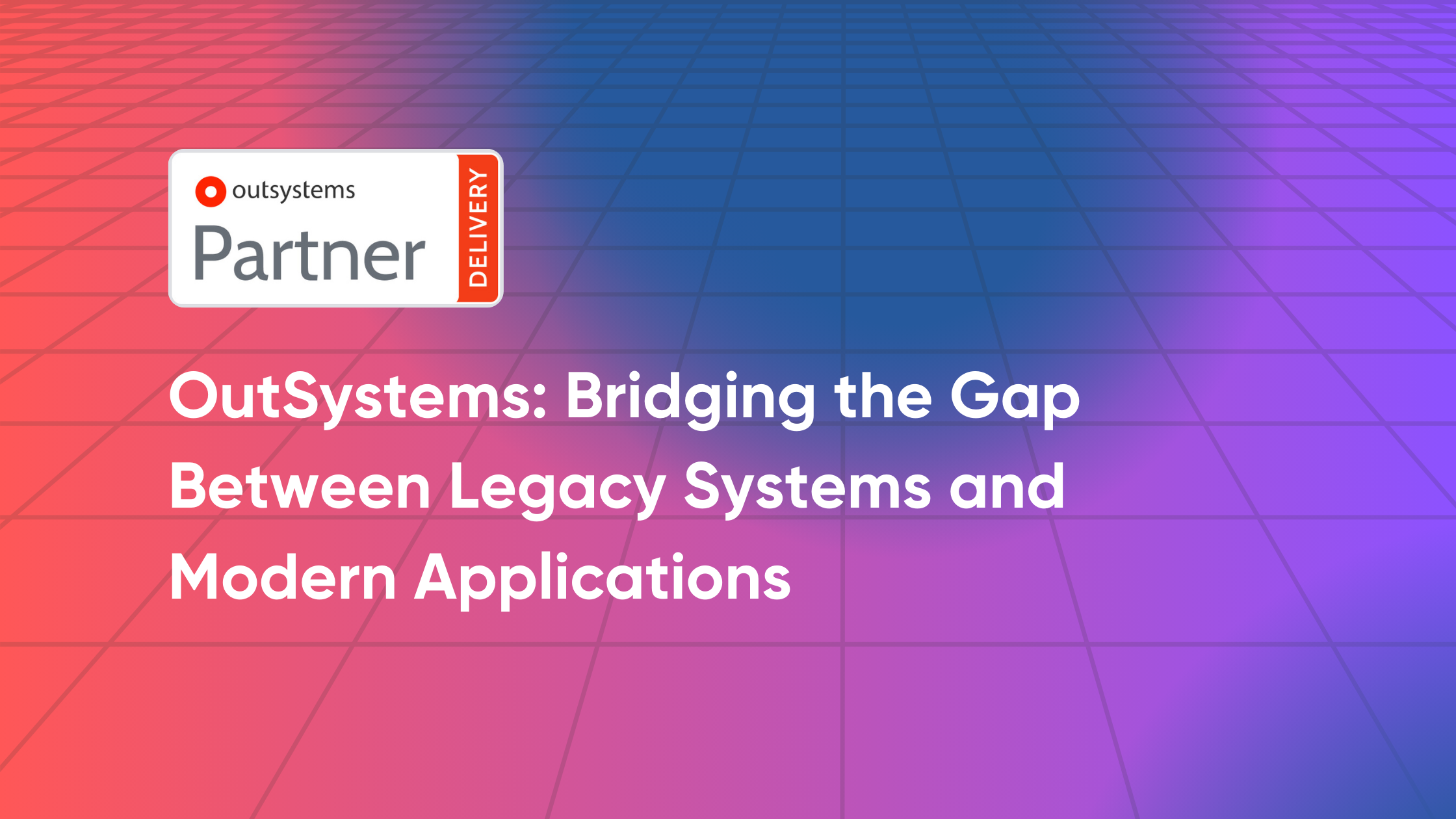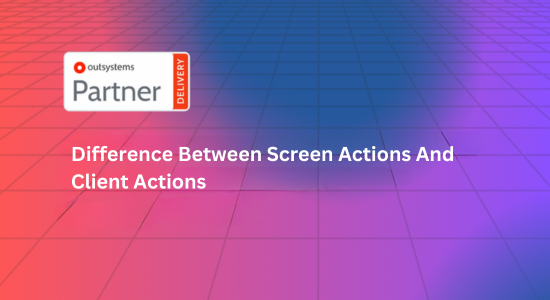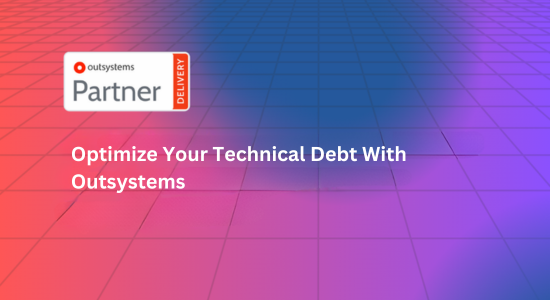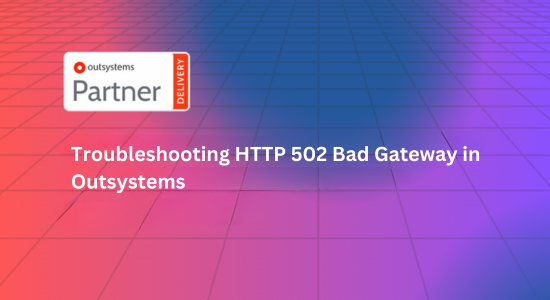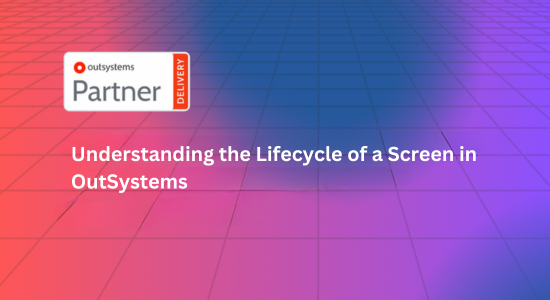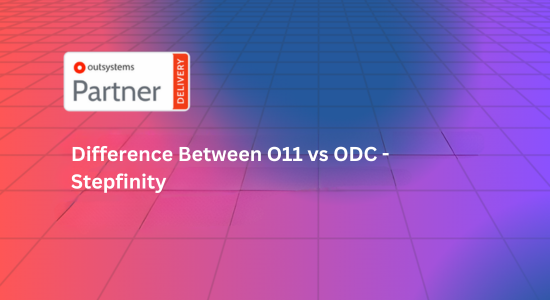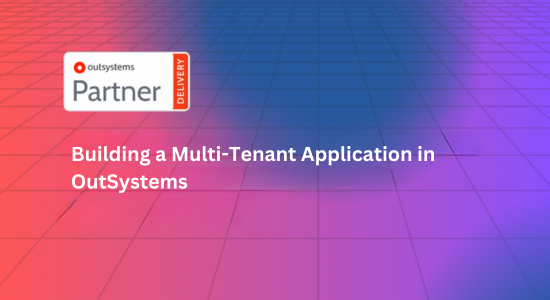In today’s fast-paced digital landscape, businesses are increasingly challenged to integrate and modernize legacy systems while adopting cutting-edge technologies. Legacy systems, often built on outdated infrastructure, can be a major roadblock in achieving digital transformation. OutSystems, a leading low-code application development platform, offers a compelling solution for bridging the gap between these old systems and modern applications. This blog explores how OutSystems facilitates this transition, highlighting its capabilities, benefits, and practical applications.
Understanding the Legacy System Challenge
Legacy Systems Defined
Legacy systems refer to older technology platforms that remain in use due to their foundational role in business operations. These systems are typically characterized by outdated programming languages, hardware dependencies, and limited integration capabilities. Although they have been reliable in the past, they often pose significant challenges:
- High Maintenance Costs: Maintaining outdated systems can be expensive due to scarce expertise and rising costs of parts and support.
- Integration Issues: Legacy systems often lack compatibility with modern applications and technologies, making integration cumbersome.
- Limited Scalability: Scaling legacy systems to meet growing demands or new business requirements can be difficult and costly.
The Need for Modernization
Modern applications demand agility, scalability, and integration capabilities that legacy systems often cannot provide. Businesses need to streamline operations, enhance user experiences, and adopt new technologies like cloud computing, mobile apps, and data analytics. Modernizing legacy systems is essential for staying competitive and responsive to market changes.
Introducing OutSystems
What is OutSystems?
OutSystems is a powerful low-code application development platform designed to accelerate the creation of applications while simplifying complex integration tasks. By providing a visual development environment and pre-built components, OutSystems enables developers to build, deploy, and manage applications with minimal coding effort.
Key Features of OutSystems
- Low-Code Development: OutSystems offers a drag-and-drop interface for building applications, reducing the need for extensive coding and enabling faster development cycles.
- Integration Capabilities: The platform supports seamless integration with existing legacy systems through APIs, connectors, and other integration tools.
- Scalability and Flexibility: OutSystems applications are built to scale and adapt, accommodating changing business needs and technological advancements.
- User Experience Design: The platform provides tools for creating responsive, user-friendly interfaces, ensuring a consistent experience across devices.
How OutSystems Bridges the Gap
1. Seamless Integration with Legacy Systems
One of OutSystems’ core strengths is its ability to integrate with legacy systems effortlessly. The platform provides several methods for connecting with older systems:
- API Integration: OutSystems can connect to legacy systems through APIs, enabling real-time data exchange and interaction.
- Database Integration: Direct connections to legacy databases allow OutSystems applications to retrieve and update data without disrupting existing systems.
- Custom Connectors: For systems with unique interfaces, custom connectors can be developed to ensure compatibility.
By facilitating these integrations, OutSystems allows businesses to leverage their existing investments while introducing modern functionalities.
2. Accelerated Modernization
OutSystems simplifies the modernization process by offering tools and features that streamline development and deployment:
- Rapid Application Development: The low-code environment enables faster prototyping and deployment of new applications, reducing time-to-market.
- Modular Architecture: OutSystems supports a modular approach to development, allowing businesses to incrementally update or replace components of their legacy systems.
- Visual Development Tools: The platform’s visual interface makes it easier to design and implement modern applications without extensive coding knowledge.
3. Enhanced User Experience
Modern applications must offer intuitive and engaging user experiences. OutSystems helps achieve this by:
- Responsive Design: Applications built on OutSystems are designed to work seamlessly across various devices and screen sizes.
- Customizable UI Components: A library of pre-built UI components allows for the creation of modern, user-friendly interfaces that can be tailored to specific needs.
4. Future-Proofing with Scalability
OutSystems ensures that applications are built to accommodate future growth and technological advancements:
- Cloud Integration: OutSystems applications can be deployed on cloud platforms, providing scalability and flexibility.
- Continuous Improvement: The platform supports ongoing updates and improvements, ensuring that applications remain relevant and effective over time.
Practical Applications and Use Cases
1. Banking and Financial Services
In the banking sector, legacy systems are often critical to operations but can hinder innovation. OutSystems enables financial institutions to modernize their customer-facing applications, integrate with existing banking systems, and quickly adapt to new regulations or market demands.
2. Healthcare
Healthcare providers face similar challenges with outdated systems managing patient records, billing, and appointments. OutSystems can streamline these processes by integrating with existing healthcare systems and developing new, user-friendly applications to improve patient care and operational efficiency.
3. Manufacturing
Manufacturers with legacy systems in place for inventory management, production control, or supply chain logistics can use OutSystems to build modern applications that integrate with existing systems, enhance data visibility, and improve decision-making processes.
4. Retail
Retail businesses often rely on legacy point-of-sale (POS) systems and inventory management tools. OutSystems can help modernize these systems, offering better integration with e-commerce platforms, improved customer engagement, and enhanced data analytics capabilities.
Conclusion
OutSystems stands out as a powerful solution for bridging the gap between legacy systems and modern applications. Its low-code development environment, integration capabilities, and focus on user experience make it an ideal choice for businesses seeking to modernize their technology infrastructure without disrupting existing operations.
By leveraging OutSystems, organizations can enjoy the benefits of modern applications while continuing to utilize their existing legacy systems. This approach not only enhances operational efficiency but also supports ongoing innovation and competitiveness in a rapidly evolving digital world.
Whether you are looking to modernize your legacy systems, improve application development speed, or enhance user experiences, OutSystems offers a versatile and effective platform to meet your needs. Embrace the future of application development with OutSystems and bridge the gap between your legacy systems and modern technology.

